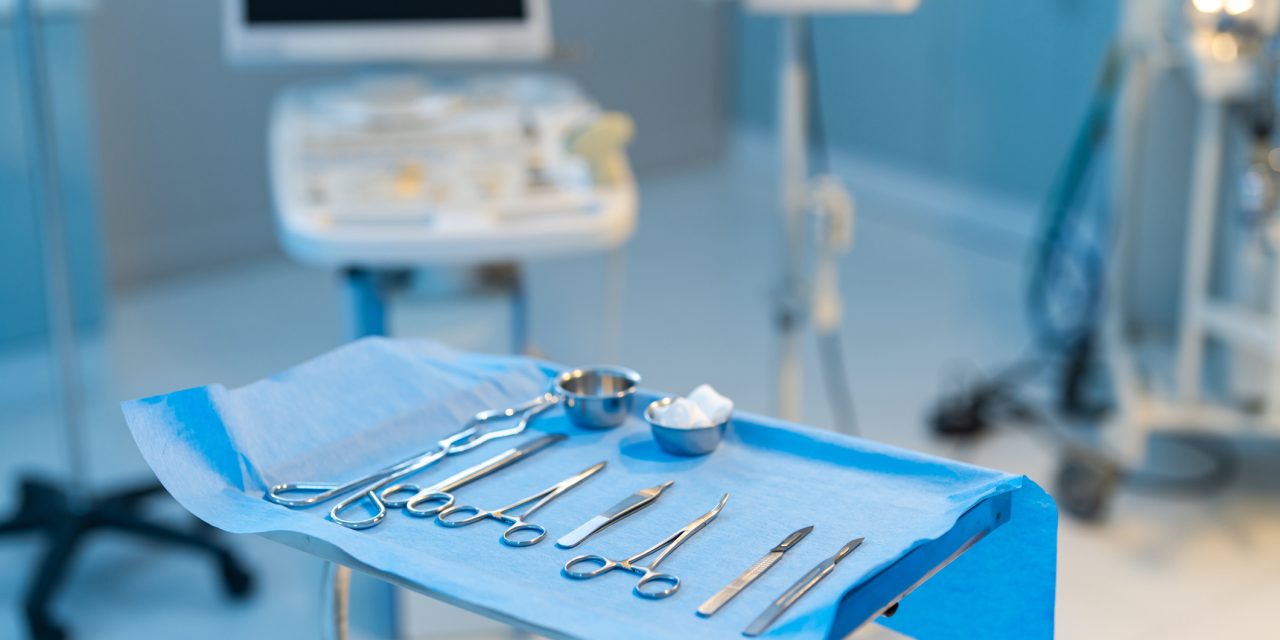The purpose of this study was to investigate metal artifact reduction effect of orthopedics metal artifact reduction (O-Mar) algorithm in computer tomography (CT) image of patients who have undergone total hip arthroplasty (THA) or total knee arthroplasty (TKA).35 cases of patients who underwent TKA or THA have been recruited in this study. CT image of hip or knee joint was obtained with Philips 256-row CT scanner. Tube voltages of 120 and 140 kilovolt peak (KVP) were set. Afterwards, CT image was reconstructed by O-Mar algorithm to reduce metal artifact. Grade of image quality and severity of metal artifact would be taken into qualitative evaluation. While, quantitative evaluation mainly included measurement of metal artifact volume and 2D measurement of average CT value in region of interest (ROI). The visibility of interface between bone-prostheses was also estimated.Result of qualitative analysis indicated that score of CT quality was improved and grade of metal artifact was decreased significantly with O-Mar. Quantitative analysis illustrated that volume of beam-hardening (B-H) metal artifact decreased remarkably after reconstruction of O-Mar (P < .001). In addition, O-Mar algorithm reduced 83.3% to 83.7% volume of photon-starvation (P-S) metal artifact. As for result of 2D measurement, CT value in ROI was closer to standard value in O-Mar group CT image (P < .001). Meanwhile, error of CT value also decreased significantly after reconstruction of O-Mar algorithm. Visibility rate of bone-prosthesis interface improved from 34.3% (Non-O-Mar) to 66.7% (O-Mar).O-Mar algorithm could significantly reduce metal artifact in CT image of THA and TKA in both 2D and three-dimensional (3D) level. Therefore, better image quality and visibility of bone-prostheses interface could be presented. In this study, O-Mar was proved as an efficient metal artifact reduction method in CT image of THA and TKA.
Metal artifact reduction of orthopedics metal artifact reduction algorithm in total hip and knee arthroplasty.


